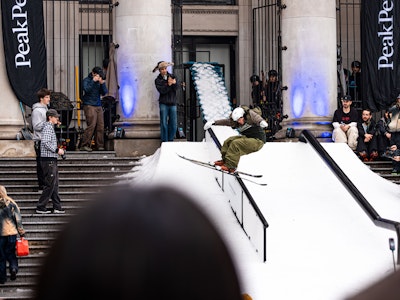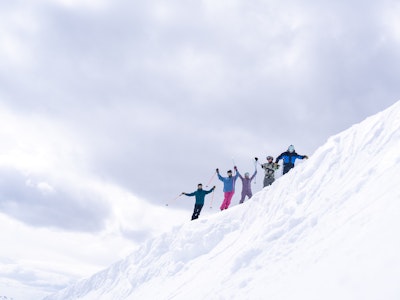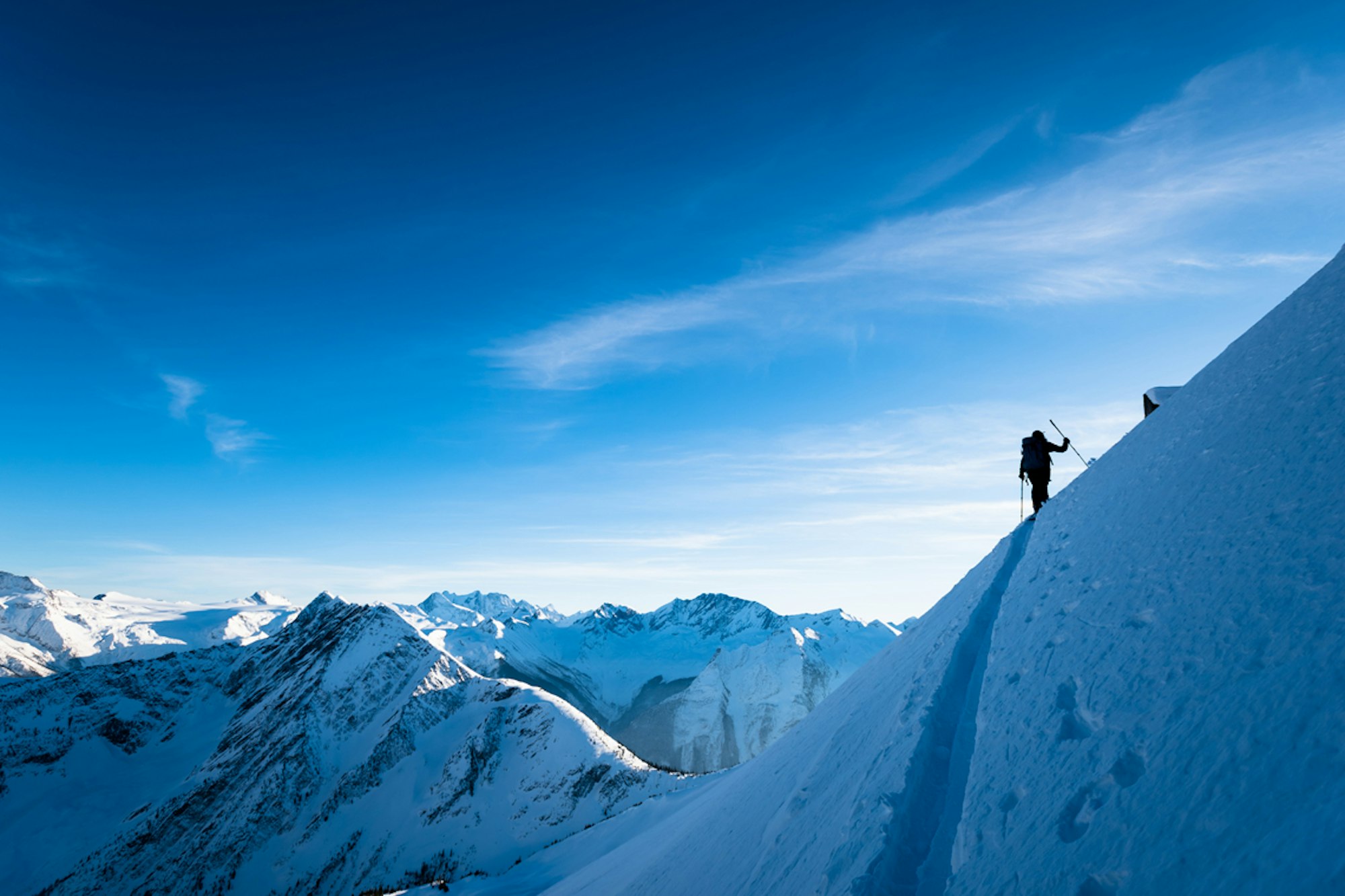Beginning as a gear manufacturer for backcountry guides, producing high-quality skis, snowboards and avalanche safety accessories, G3 Genuine Gear Gear has earned itself a well-deserved place amongst the best equipment providers in the industry. Today, the Vancouver-based brand extends its expansive understanding of gear to backcountry enthusiasts worldwide by offering a catalog of online instructional videos under the title of G3 University. Explaining everything from ski shapes to hut trip life hacks, G3 employs engineers, athletes, professional guide partners and testers in order to create the highest-level backcountry-specific educational possible.
The backcountry lifestyle is traditionally passed along from one user to another but G3U is an open platform where any and all backcountry travelers can gain knowledge, better their skills and enhance their backcountry experience from outside their circle of touring partners. Nothing in G3U is meant to replace proper backcountry training and education in the field with professional instructors. Rather, G3U is meant to wet your appetite and get you excited about your next level of training.
Understanding ski profiles: Rocker, Camber & Early Rise
Ever wondered what rocker, camber and early rise actually mean? Maybe you heard those phrases tossed around once or twice at the ski shop, but never really knew what that ski tech was talking about? In the episode featured above, dive into a ski’s profile construction from tip to tail with G3 Ski Designer Sigi Rumpfhuber. Clearly and effectively, Rumpfhuber explains the effect different ski profiles have on a particular set of skis. Most importantly, rocker, camber and early rise in the tips and tails all directly correlate to how a ski turns and in which conditions it is best suited.
“The combination of all that determines a ski’s performance,” says Rumpfhuber. “The effect, or the length of rocker and camber, determines the edge length that will effectively grip the snow. The simple rule is: The harder the snow conditions and the more challenging your terrain, but also the stronger or more technically-advanced skier you are, the longer effective edge you want. The softer your conditions, the more playful and the more smear you want from your product, the shorter you want your effective edge length.”

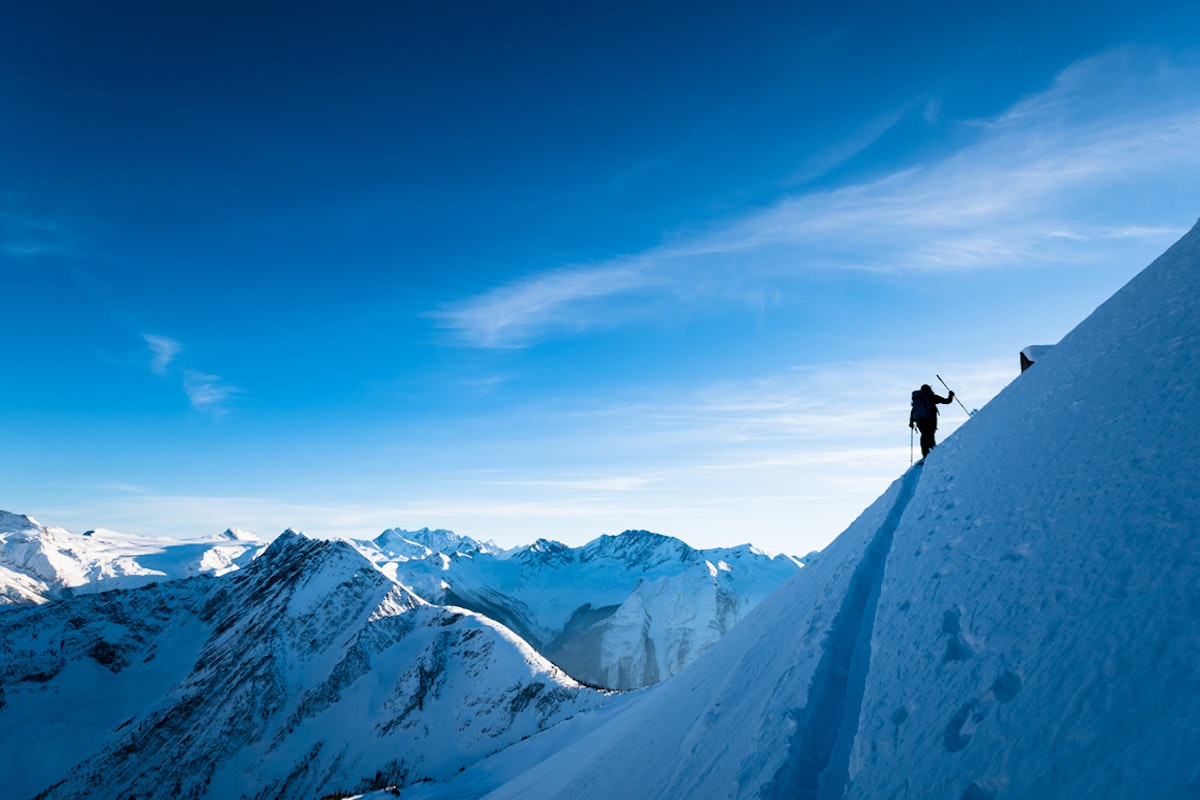
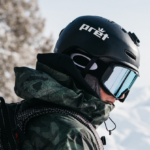
![[GIVEAWAY] Win a Legendary Ski Trip with Icelantic's Road to the Rocks](https://www.datocms-assets.com/163516/1765233064-r2r26_freeskier_leaderboard1.jpg?w=200&h=200&fit=crop)
![[GIVEAWAY] Win a Head-to-Toe Ski Setup from IFSA](https://www.datocms-assets.com/163516/1765920344-ifsa.jpg?w=200&h=200&fit=crop)
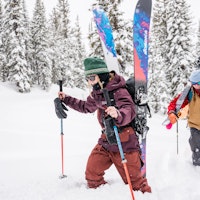
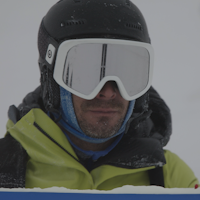
![[GIVEAWAY] Win a Legendary Ski Trip with Icelantic's Road to the Rocks](https://www.datocms-assets.com/163516/1765233064-r2r26_freeskier_leaderboard1.jpg?auto=format&w=400&h=300&fit=crop&crop=faces,entropy)


![[GIVEAWAY] Win a Head-to-Toe Ski Setup from IFSA](https://www.datocms-assets.com/163516/1765920344-ifsa.jpg?auto=format&w=400&h=300&fit=crop&crop=faces,entropy)


